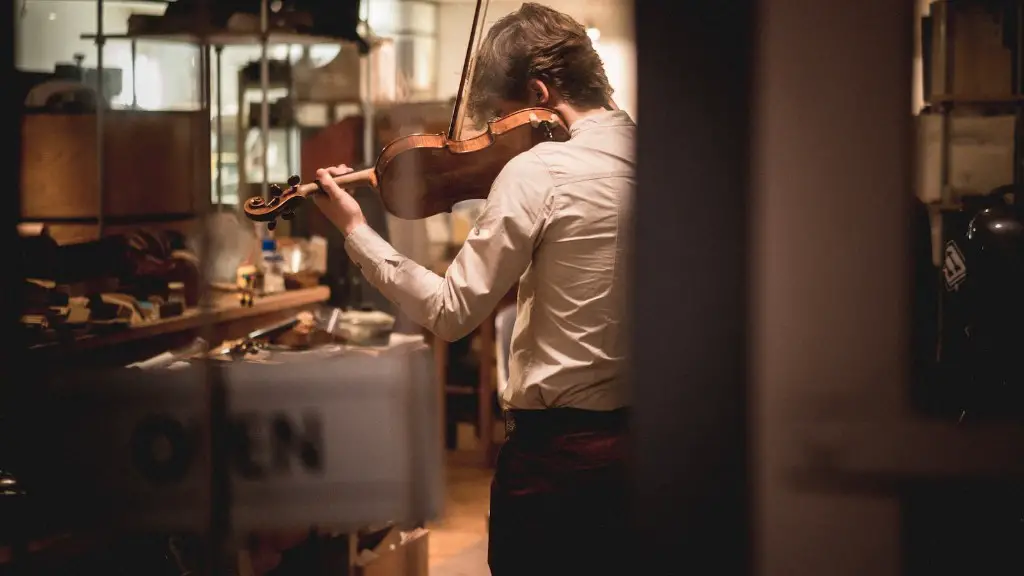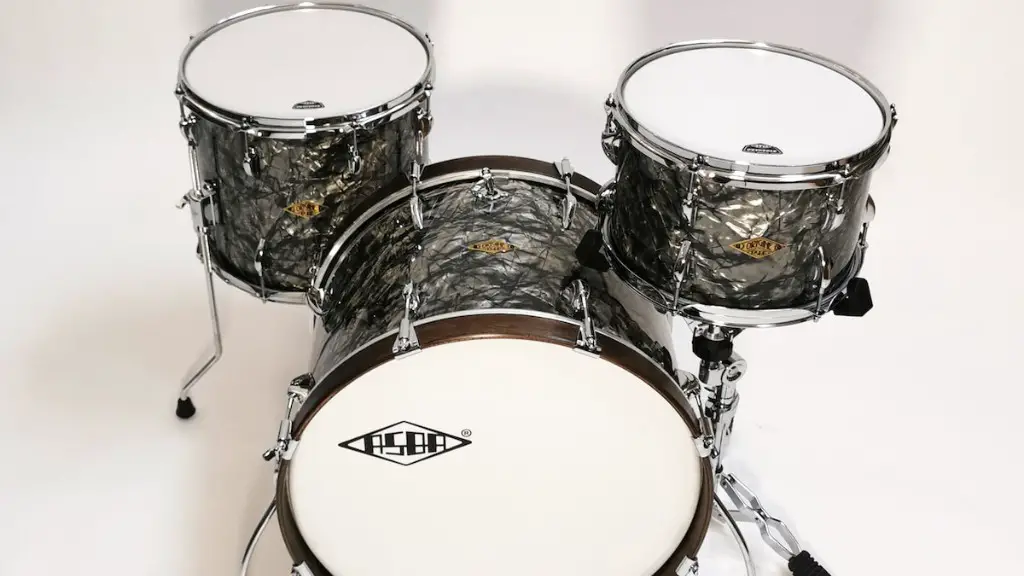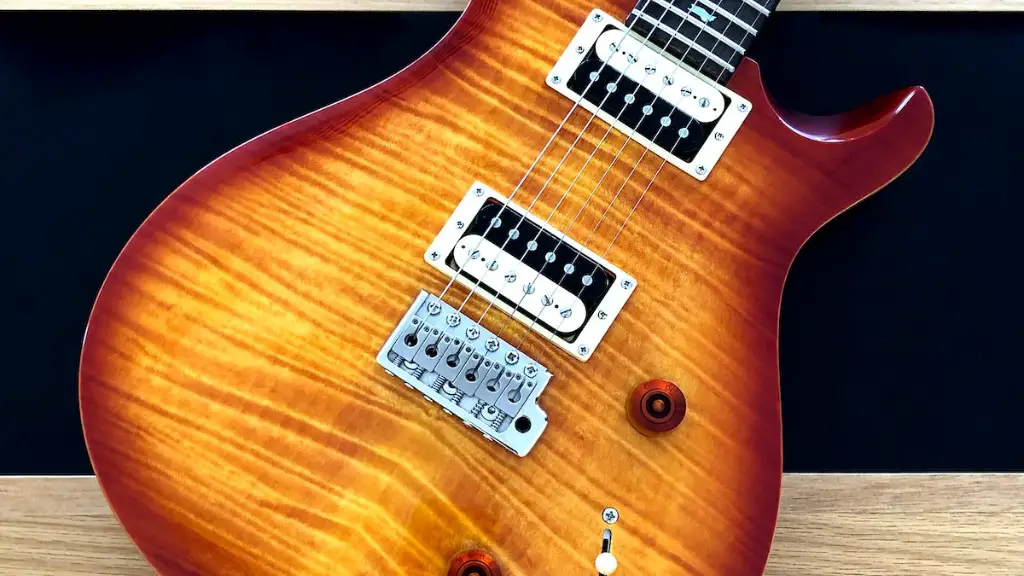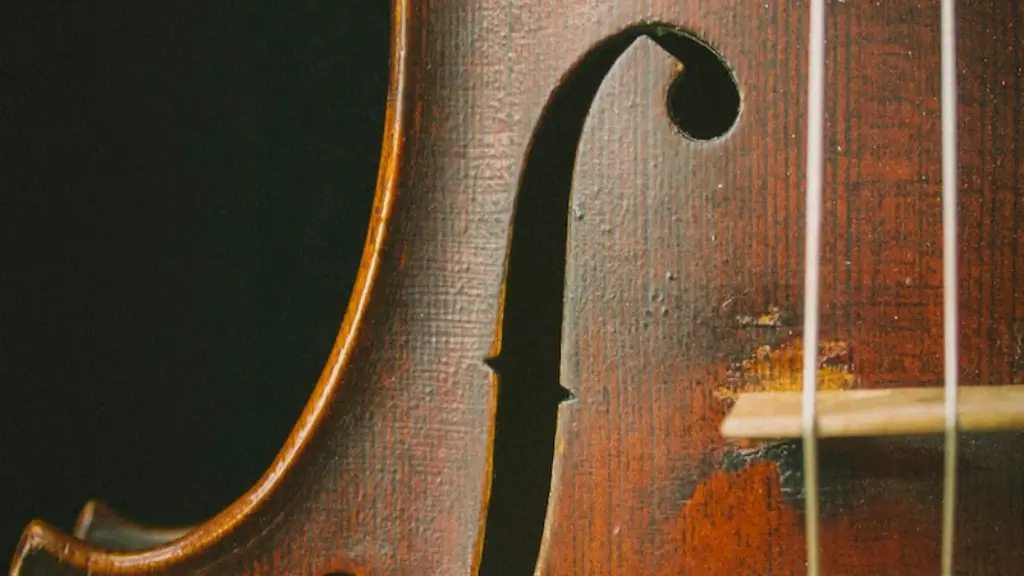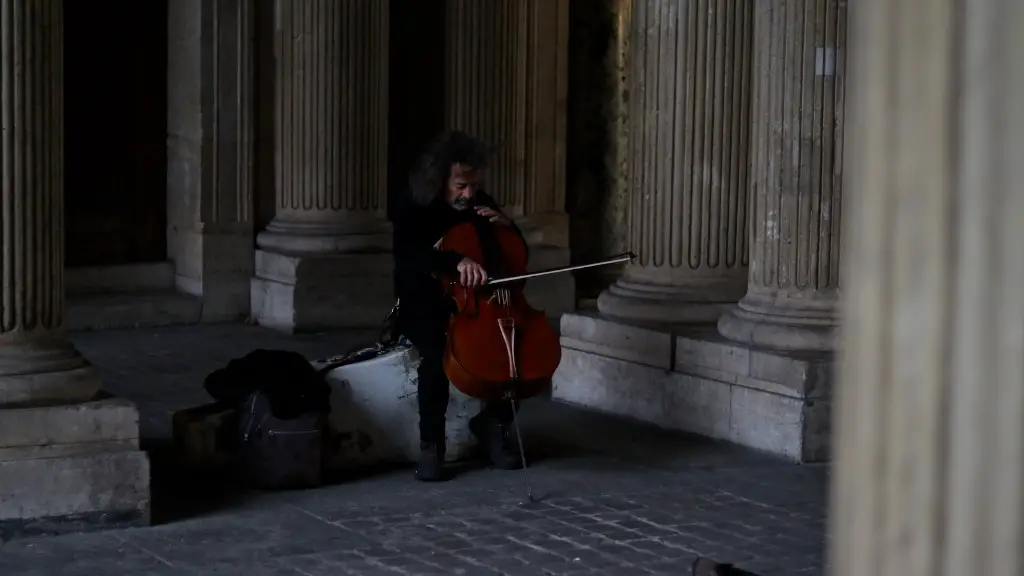Playing polyrhythms on drums can be a challenging and rewarding experience. It requires knowledge of basic drumming techniques, as well as the ability to count and keep multiple rhythms in your head.
To begin playing polyrhythms on drums, start by counting out the rhythms in your head. This can help to identify which beats and subdivisions need to be played. Once you have identified the different rhythms, practice playing them separately on the drum kit.
Once you feel comfortable playing the individual rhythms, start combining them together. Make sure to keep each rhythm in time with each other, and adjust your tempo as needed. When all of the rhythms are combined together, it should create an interesting and unique sound that is unique to you!
It is important to practice playing polyrhythms regularly in order to become proficient at this skill. With patience and practice, anyone can learn how to play polyrhythms on drums! Make sure to have fun with it, as this will help you stay motivated and focused on learning this skill.
Benefits of Playing Polyrhythms
Playing polyrhythms on drums is a great way to improve your skills as a drummer. It helps you become more creative by introducing new patterns and ideas into your playing. It also improves your coordination and timing, as you must keep track of multiple rhythms at once. By practicing polyrhythmic patterns, you can increase your overall musicality by understanding how different rhythms interact with each other. Additionally, playing polyrhythms will increase your endurance and accuracy when playing live or in the studio.
Polyrhythms can also help you develop a better sense of groove and phrasing. You’ll learn how to combine different rhythms together to create unique sounding grooves that will add flavor to your drumming. Finally, working on polyrhythms can help make your drum parts more interesting and dynamic when recording or performing live.
Overall, playing polyrhythms has many benefits for drummers of any level, from beginner to advanced. The key is to practice regularly and find creative ways to incorporate these patterns into your music. With consistent practice, you’ll soon be able to use polyrhythms as an effective tool in your drumming arsenal!
How To Count Polyrhythms On Drums
Polyrhythms are a great way to add complexity and variety to your drumming. But before you can start playing polyrhythms on the drums, you need to know how to count them. Counting polyrhythms is a bit different than counting regular rhythms, so here are some tips to get you started.
The first step to counting polyrhythms is to identify which beats correspond with which voices. Each voice in a polyrhythm has its own beat, and it’s important to know which beat goes with which voice. Once you’ve identified the beats, count each voice one at a time and then put them together.
Another important thing to keep in mind when counting polyrhythms is that each voice must be counted independently of the other voices. This means that it’s important not to rush or drag any of the voices while counting. Each voice should be counted at its own tempo, even if it doesn’t match up with the other voices.
Finally, practice counting polyrhythms slowly and gradually build up speed as you become more comfortable with them. Don’t try to rush through your counting or you may end up making mistakes. Take your time and focus on getting the counts right before increasing your speed. With enough practice, counting polyrhythms on drums will become easier and more natural over time.
How To Develop Your Sense Of Timing
Developing your sense of timing is essential for playing drums. It’s important to be able to play polyrhythms effectively and accurately. A polyrhythm is a rhythm composed of two or more different rhythms played simultaneously. Knowing how to count, subdivide, and practice different rhythms is the key to mastering this technique.
Start by counting out loud when you practice. Counting out loud will help you develop your sense of time, as well as helping you to remember complex patterns. Then try playing with a metronome or drum machine, so that you can hear where the beats are supposed to go. This will help your coordination and improve your accuracy when playing polyrhythms.
To make sure that you’re playing in time, it’s also important to listen closely while practicing. Listen carefully for any discrepancies between what you’re hearing and what you’re playing. If there are any discrepancies, adjust your tempo accordingly until you get it right. Finally, practice regularly and be patient with yourself while learning new concepts and techniques – it takes time!
By following these steps and with enough practice, you’ll soon find that playing polyrhythms on drums becomes second nature!
How To Improve Your Technique When Playing Polyrhythms On Drums
Playing polyrhythms on drums is a challenging skill that requires coordination and finesse. It can be difficult to master and requires practice and dedication. Fortunately, there are some tips and tricks you can use to help improve your technique when playing polyrhythms on drums.
The first step is to understand the basic concepts of polyrhythms so that you can better understand how they work. Once you have a good understanding, practice playing each rhythm individually until it feels comfortable and natural. Then, you can begin to combine multiple rhythms together in order to create a more complex pattern.
It’s also important to focus on dynamics when playing polyrhythms. Use different volumes to emphasize different parts of the pattern, as this will make your performance more interesting and engaging. Additionally, use different techniques like accents, ghost notes, flams, and buzz rolls to add variety and texture to your patterns.
Finally, focus on developing good timekeeping skills by regularly practicing with a metronome or drum machine. This will help ensure that your rhythms are precise and consistent throughout your performance. Practicing with recordings of other musicians playing polyrhythms can also help as it gives you an idea of what the finished product should sound like. By following these simple steps and dedicating yourself to practice, you’ll be able to significantly improve your technique when playing polyrhythms on drums.
Essential Music Theory For Playing Polyrhythms
Polyrhythms are an exciting and complex way to add a unique element to your drum playing. To master the art of playing polyrhythms, it is important to understand the fundamentals of music theory. To begin, you need to understand basic note values and rhythmic divisions, as well as terms like counting and tempo. You should also learn about the different types of polyrhythms, such as hemiola, additive rhythms, and syncopation. Once you have a good understanding of these concepts, you can start practicing with various patterns and techniques. This will help you develop your own unique style when playing polyrhythms. It is also beneficial to learn about time signatures and meter so that you can properly play complex rhythms in time. Finally, it is important to practice with a metronome or drum loops so that your timing is precise. With practice and dedication, you can become an expert at playing polyrhythms on the drums!
Practice Exercises For Playing Polyrhythms
Polyrhythms are an important technique for drummers to master, and practicing them can be a great way to improve your overall playing. There are a few different exercises you can use to help you become more comfortable with polyrhythms. One exercise is to play a simple pattern while counting out loud in a different time signature. For example, if you are playing a 4/4 pattern, count out loud in triplets or sextuplets. Another exercise is to practice playing two or more different rhythms at the same time on different drums or cymbals. For example, play a 4/4 pattern on the hi-hat while playing a 3/4 pattern on the snare drum. Finally, practice soloing over polyrhythmic backing tracks and try to incorporate polyrhythmic elements into your solos.
By regularly practicing these exercises, you will become more comfortable with polyrhythms and will be able to incorporate them into your playing in creative ways. The key is to focus on developing your ability to stay in time and feel comfortable with different rhythms and time signatures. With enough practice, you’ll be able to effectively play polyrhythms on drums!
Conclusion
Polyrhythms are a great way to add complexity and interest to your drumming. It is important to practice them slowly and accurately, and to build up your speed gradually. With patience and practice, you can master polyrhythms and use them to create unique grooves that will impress your audience. Remember that the key is to keep the rhythm steady and consistent. With enough dedication, you can become a master of polyrhythms on drums.

